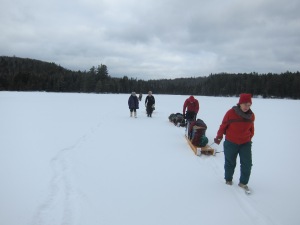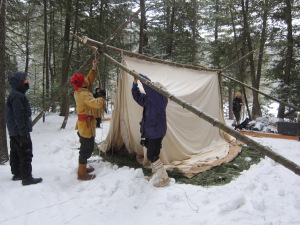
Roses in My Studio, oil, 8″ x 11″, unframed, $160 + taxes
Some clients who come through my studio or the small gallery at Pizza on Earth ask if I sell reproductions of my paintings. The answer is a resounding “NO!”
Why do I do this when I could make so much more money, reach so many more people with my art and save time by selling cheaper reproductions of my paintings? The new capabilities of advanced scanners can even reproduce accurately the texture of smears, globs and splats of paint so it looks exactly like the original. But I, or any serious collector, know it is not the real thing. However amazing the technology, in the end, a reproduction is still made by a machine and not by me.
What worries me is what making reproductions can undo; what it takes away. I can just imagine what it would be like to have a stack of prints of a painting that I loved in previous years, but, this year, I have moved on to something new and they are still hanging around. For we painters are constantly reevaluating our world and our culture, reinventing ourselves, manipulating old symbols in a new way, every day. We don’t want to be constrained or demotivated by an old style or a subject that we have mass-produced through popular demand. What we sell must be fresh, meaningful and true to where we are intellectually and creatively at the time.
In my previous blog called Wall Art vs.Walmart I have already written about the delightful relationship that develops between the artist and the client when the latter visits a studio to buy an original.. For, when you buy an original painting, you are buying a little piece of the artist’s soul, too. You are influenced by her personality, by her lifestyle, by her vision which comes through in all those little notes of colour that were placed on the canvas by her very own hands. And that costs you about as much as a cart of groceries from Fresh Co. Owning an original piece or art is not the exclusive privilege of the rich that most people assume it is.
Let’s face it. Original painters like me are fighting for their lives because of cheap reproductions. I am not about to join the very practice that is destroying my own ancient craft. Neither am I willing to substitute that which is true and genuine with a machine-made copy in order to make a buck.
I remain resolute. I still write hand-written Christmas cards. I cook my meals from scratch. Every Elizabeth Johnson painting that you buy is an original, carefully and lovingly painted by these small, nervous, paint-encrusted, vein-embossed hands, especially for you.


